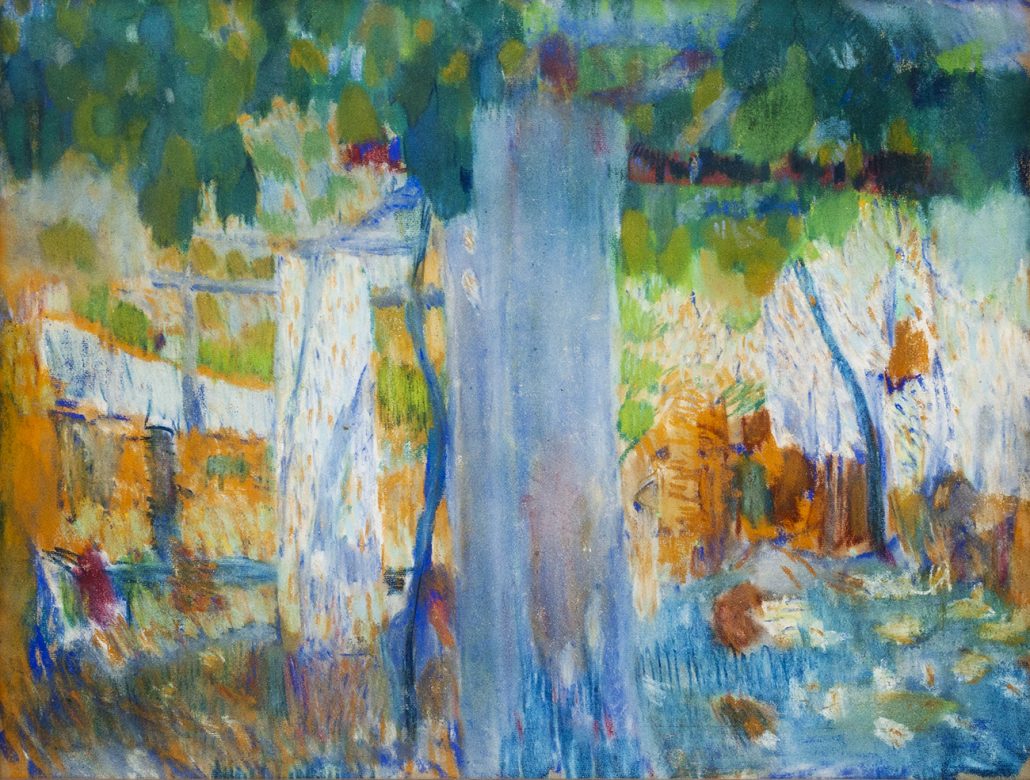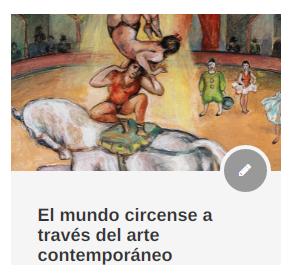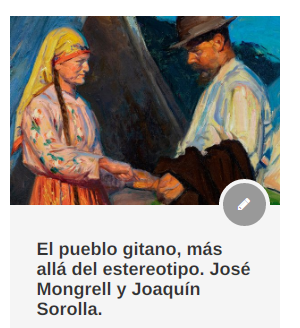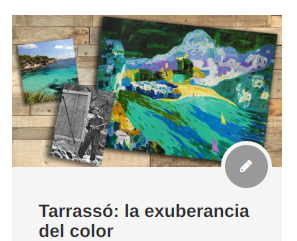The Golden Age of Catalan landscaping.
As protagonists of our auction on October 27, the works of Martí Alsina, Modest Urgell, Eliseo Meifrèn and Joaquím Mir reflect especially the excellence that the landscape genre achieved at that time.
It was not until the mid-nineteenth century that Catalan landscaping developed as a fully autonomous genre. This stage that lasts until the beginning of the 20th century will be recognized as a true vital golden age in the renewal of a genre that until then had been relegated to the background as a mere accompaniment to the great mythological and biblical themes. Since then, landscape painting has undergone a continuous evolution, experimenting and incorporating the new artistic trends that emerged throughout the 19th and 20th centuries. Undoubtedly, the intense production of this singular period gave birth to a progressive break with academic conventions to embark on the path towards creative freedom that modernity proclaimed.
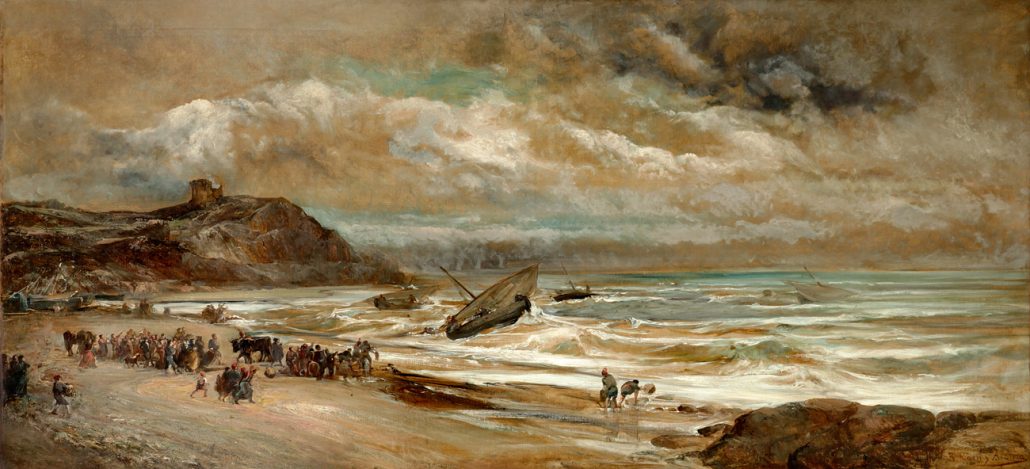
Marti Alsina: the beginnings of realism
Ramon Martí i Alsina is considered the introducer of realism in Catalonia and, therefore, a key figure in the renewal of modern Catalan painting. Convinced that true art was found in the real world, dominated by light and color, he opened the door to a new pictorial conception in which he trained a whole generation of Catalan painters who faced directly and without prior solutions to the nature. In his work, although the romantic influence of Delacroix, Géricault or Vernet must still be taken into account, the path to realism that he intuitively initiated and which brought him closer to the precepts of the Barbizon and Courbet School is evident.
Modest Urgell: the realism of the School of Olot.
Modest Urgell’s stay in Paris gave him the opportunity to learn about the realism of Courbet and the Barbizone school in which his teacher Martí Alsina had introduced him. Leaving behind the academic rigidity that prevailed in Catalonia, Urgell headed towards a landscape of romantic influences that would end up leading to the realism of the so-called School of Olot . His landscapes dominated by an infinite melancholy and a feeling of emptiness stand out for the attention he pays to light effects. Its characteristic twilight atmospheres undoubtedly reflect a clear intention: to transmit, following the tradition of romantic painting, a specific state of mind to the viewer.
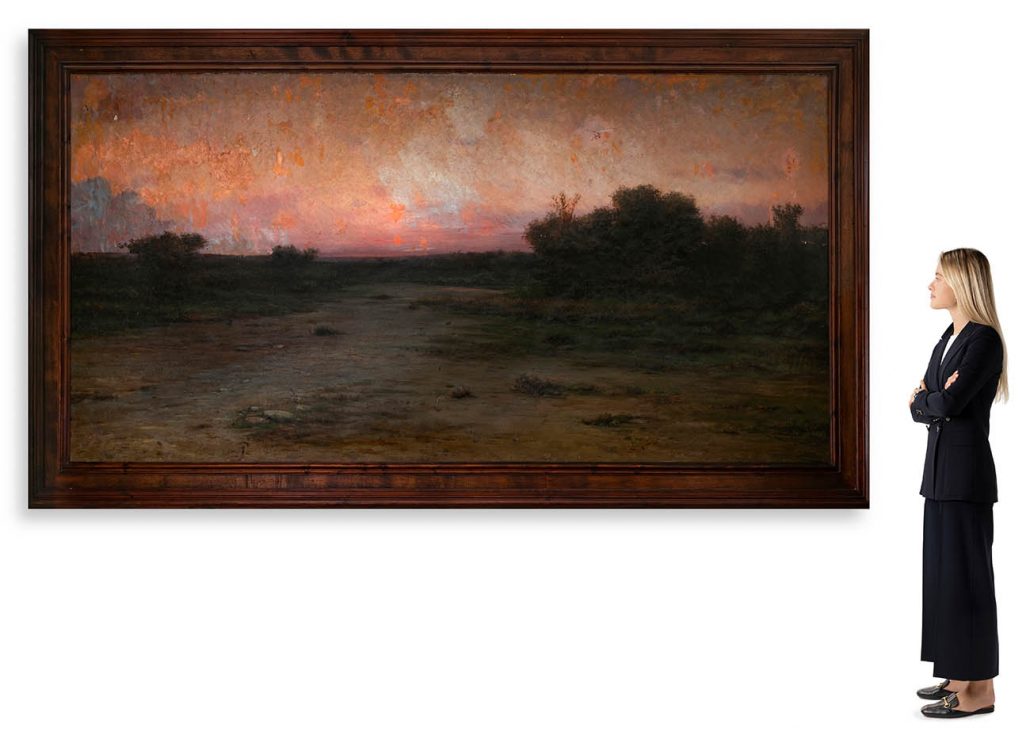
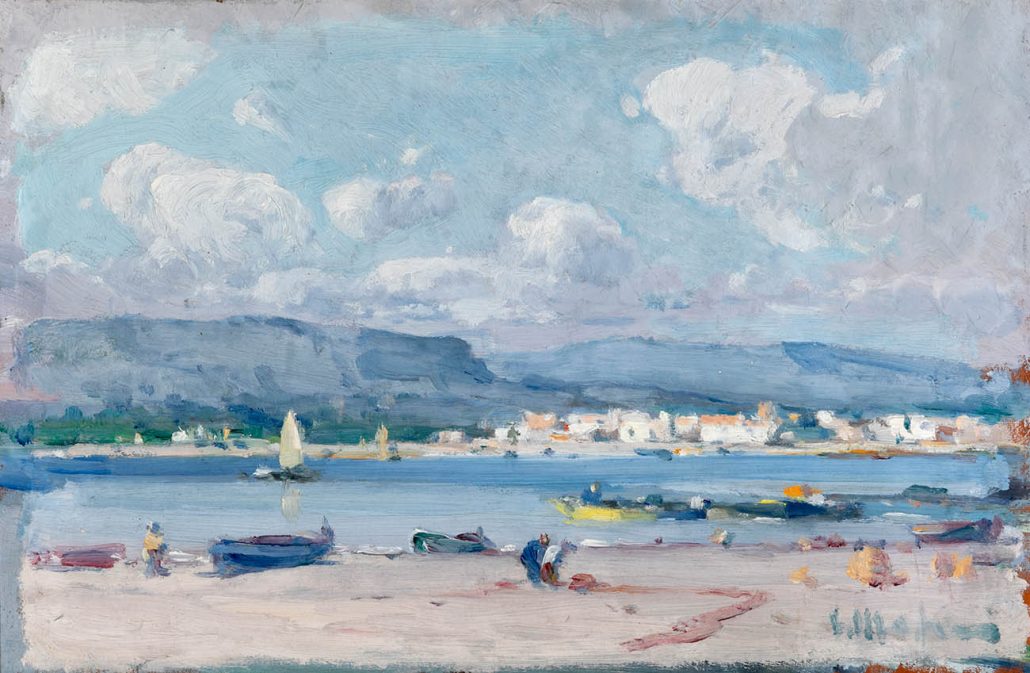
Meifrèn: the beginning of impressionism.
Together with Joaquim Mir, he is considered the best landscaper of the early 20th century . At that time, Meifrèn took a radical turn in his work, definitely moving away from a beginning inscribed in academic romanticism. In this way, his first landscapes evolved to lead to a fully impressionist language of which he is considered an introducer. Abandoning Roman preciousness, Meifrèn will unleash a very personal style dominated by light effects that he brilliantly captures through his characteristic loose brush and his harmonious and elegant chromaticism.
Joaquím Mir: path towards abstraction.
His work, surprisingly modern, has made him one of the leading representatives of Spanish Post-Impressionism . Works like the one we present here, made in Aleixar, demonstrate Mir’s daring when it comes to capturing a vision of the natural environment that often bordered on abstraction . Along with his Mallorcan period, the stay in Tarragona will be key in the artistic evolution of the painter, displaying an impossible combination of colors through increasingly elongated brushstrokes that turn objects and spatial references into spots.
